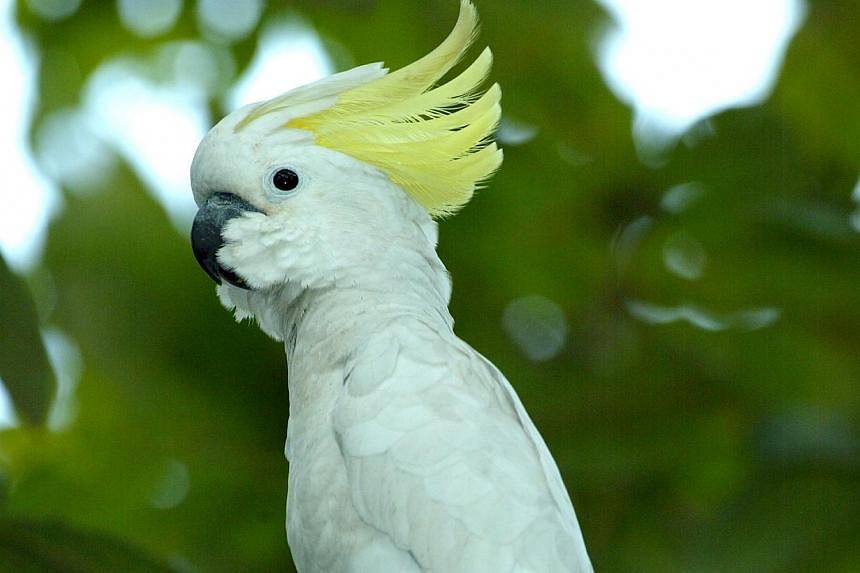The following article was posted by The Jakarta Post on March 18, 2013
JAKARTA (THE JAKARTA POST/ASIA NEWS NETWORK) - The West Nusa Tenggara (NTB) chapter of Indonesia's Natural Resources Conservation Agency (BKSDA) reports that the effective population of Yellow-crested cockatoo (Cacatua sulphurea) in the province is at a critical low due to rampant illegal hunting and trade.
The BKSDA NTB's animal ecosystem control official, Tri Endang Wahyuni, said in Mataram on Monday that the agency's officers had arrested people accused of illegally hunting Yellow-crested cockatoo, however, wildlife crime continued.
The Yellow-crested cockatoo was listed as a critically endangered species, she said.
"The Yellow-crested cockatoo is listed by both the Indonesian government and the International Union for the Conservation of Nature and Natural Resources (IUCN) on its Red List 2007 as a critically endangered species because its population is at a critical low," said Ms Tri, as quoted by Antara news agency.
Citing the results of a survey conducted by the BKSDA, Ms Tri said there were only about 87 Yellow-crested cockatoos currently in the conservation areas, including in the Tambora Mount area in Dompu; Moyo Island in Sumbawa; and Jereweh district in West Sumbawa.
Meanwhile, a report provided by PT Newmont Nusa Tenggara shows that the population of Yellow-crested cockatoo in Tatar Sepang forest in Sekonkang district is only 20. In total, 107 individual Yellow-crested cockatoo continue to survive in the wild in NTB.
Ms Tri said the population of Yellow-crested cockatoo was drastically decreasing, especially in its natural habitats such as Jereweh district, Tambora and Rinjani areas, due to rampant illegal hunting.
"Moreover, the Yellow-crested cockatoos breed very slowly. They lay eggs only once a year and can produce only two eggs at a time. Their slow rate of breeding could also be a result of them fighting for nests," Ms Tri said, adding that a Yellow-crested cockatoo might fail to lay eggs if other birds seized its nest. Yellow-crested cockatoo would not fight against any other bird when it threatened its nest.
The BKSDA NTB continues to monitor the natural habitats of the Yellow-crested cockatoo to prevent it from extinction. Since the 2000s, there have been high incidents of the illegal hunting of Yellow-crested cockatoo in Indonesia due its high value. A Yellow-crested cockatoo can be sold for 5 million rupiah (S$500). Unlike other protected species, the Yellow-crested cockatoo is hunted based on orders only.
"To prevent the species from extinction, we will take some measures, including carrying out routine data collection on the population and improving the natural habitats of the species," said Ms Tri.
Article 40 (2) of the Law No.5/1990 on conservation stipulates that anyone who illegally hunts, kills, keeps and trades protected species, including the Yellow-crested cockatoo, can face sanctions of a maximum five years in prison and a 100 million rupiah fine.

